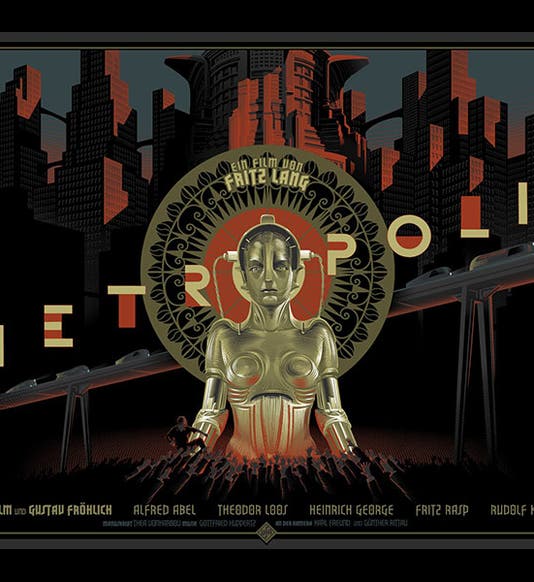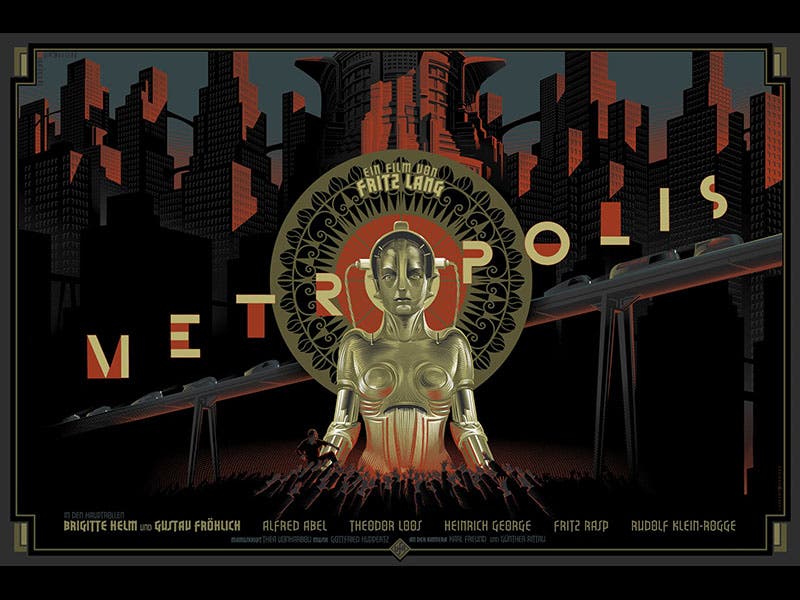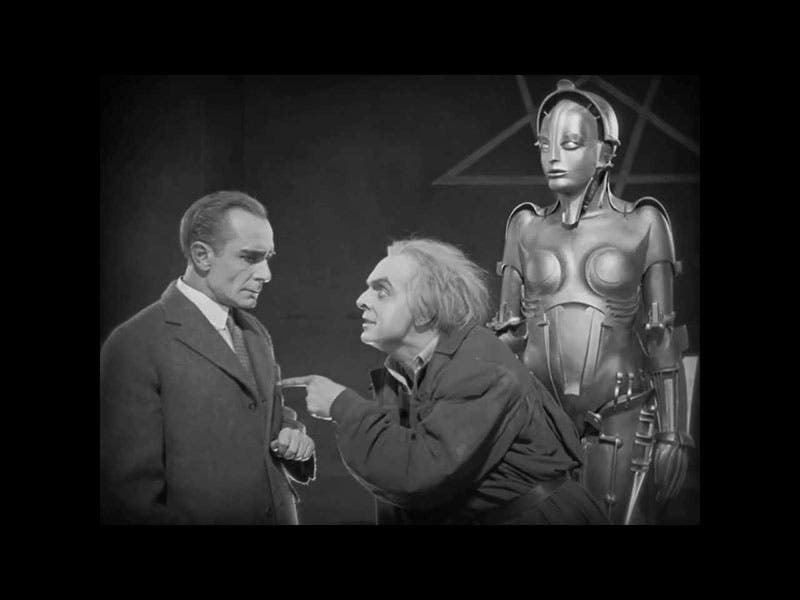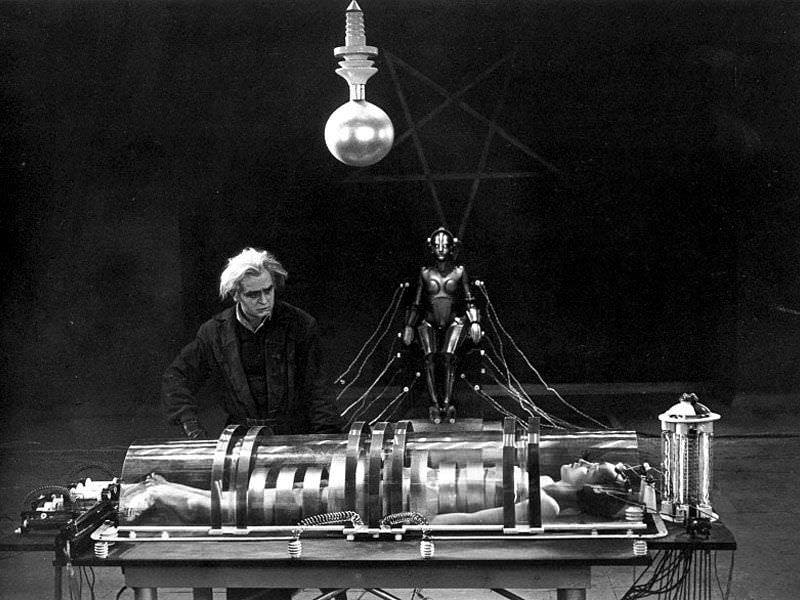Scientist of the Day - C. A. Rotwang
C.A. Rotwang, the original Mad Scientist of cinema, came to the screen on Jan. 10, 1927, when Fritz Lang’s film Metropolis premiered to the public. Metropolis depicts a future dystopian society (and does so beautifully, one must note); the main protagonists are the capitalist-in-chief, Joh Fredersen; his son Freder; a young woman, Maria, who is the spiritual leader of the working masses and the love of Freder; and Rotwang (who is never referred to as Dr. Rotwang in the film). Freder's mother, Hel, died in childbirth; she had been unsuccessfully wooed by Rotwang, before he lost her to Joh Fredersden, and then to death. Rotwang is obsessed by the memory of Hel, and he attempts to recreate her by building a robot, a Maschinenmensch as it is called in the film, but initially it does not resemble Hel or any other human. Then Rotwang captures Maria, and in his laboratory, using all manner of electrical, chemical, and magnetic devices, he manages to transfer the soul and vitality and even the appearance of Maria to his mechanical paramour. If you wish, you can watch a three-minute clip from the film that shows the transformation of the Maschinenmensch. However, presumably because Rotwang is evil, the new mechanical Maria is also evil, indeed maniacal, providing the opportunity for Brigitte Helm, the actress who plays the two Marias, to overact at both ends of the emotional scale. After the evil Maria is burned at the stake by the workers, Rotwang tries to transfer his affection to the good Maria, and he meets his end when he battles Freder on the roof of a cathedral and falls to his death.
The influence of Metropolis was immense. The corporate headquarters in Metropolis that looms above the city was clearly the inspiration for the Tyrell Corporation in Blade Runner. Rotwang's elaborate laboratory, with its Tesla coils and electrical generators, can be seen in every Frankenstein movie ever made. Rotwang’s artificial hand and protective black glove clearly provided the model for the similar mechanical limb of Dr. Strangelove. But perhaps Rotwang's greatest legacy is that he became the prototype of the Mad Scientist for scores of subsequent films. Once you have seen Metropolis, it is impossible to watch Frankenstein, Dr. Strangelove, The Adventures of Buckaroo Banzai, Android, or Dr. Jeckyl and Mr. Hyde, without thinking of Rotwang.
Since 2018 marks the bicentennial anniversary of the publication of Mary Shelley's Frankenstein, our Library is mounting an exhibition this spring: It’s Alive! Frankenstein at 200: The Science behind the Story. The exhibition will open Mar. 15, 2018, and will explain and demonstrate the scientific background for Shelley’s inspiration. One section of the exhibit will be devoted to the evolution of the Mad Scientist in film, and Rotwang will make an appearance, along with a number of other notable cinematic Mad Scientists. You will even have a chance to "write in" a vote for your favorite, should he or she not be represented in the exhibition. If you live in or near the Kansas City area, please be sure to attend.
Dr. William B. Ashworth, Jr., Consultant for the History of Science, Linda Hall Library and Associate Professor, Department of History, University of Missouri-Kansas City. Comments or corrections are welcome; please direct to ashworthw@umkc.edu.










